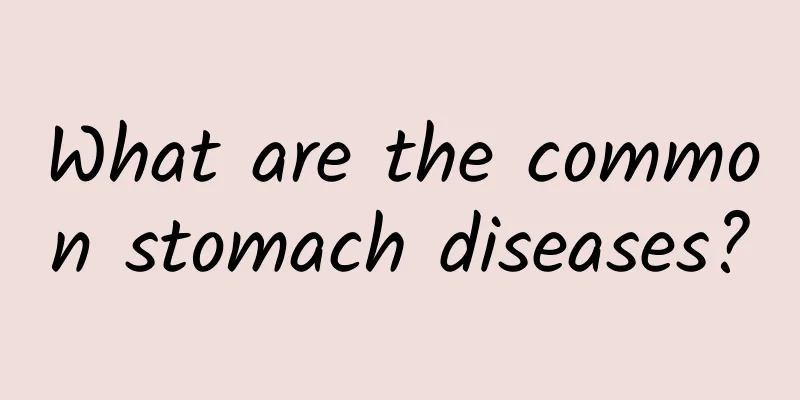How to treat gallbladder stones

|
Gallbladder stones mainly occur in adults, with a higher incidence in women than in men, and the incidence of gallbladder stones will continue to increase with age. Gallstones are mainly composed of cholesterol. There are many causes of gallbladder stones. After the disease occurs, symptoms such as biliary colic and dull pain in the right upper abdomen will appear, which are very harmful. So, how to treat gallbladder stones? Causes Gallstones are related to many factors. Any factor that changes the ratio of cholesterol to bile acid concentrations and causes bile stasis can lead to stone formation. Residents of certain regions and ethnic groups, female hormones, obesity, pregnancy, high-fat diet, long-term parenteral nutrition, diabetes, hyperlipidemia, after gastrectomy or gastrointestinal anastomosis, terminal ileal disease and after ileal resection, cirrhosis, hemolytic anemia and other factors can all cause gallstones. The incidence of gallstones in the northwest region of my country is relatively high, which may be related to dietary habits. 1. Laparoscopic cholecystectomy is the first choice for treatment It causes less damage than classic open cholecystectomy and has a more definite therapeutic effect. Asymptomatic gallstones generally do not require active surgical treatment and can be observed and followed up. However, surgical treatment should be considered in the following situations: (1) Stone diameter ≥ 3 cm; (2) Combined with surgery requiring laparotomy; (3) With gallbladder polyps > 1 cm; (4) Thickening of the gallbladder wall; (5) Calcification of gallbladder wall or porcelain gallbladder; (6) Gallstones in children; (7) Combined with diabetes; (8) Cardiopulmonary dysfunction; (9) Workers in remote or underdeveloped areas or in the field; (10) Gallstones have been detected for more than 10 years. 2. During cholecystectomy, common bile duct exploration should be performed in the following situations: (1) Preoperative medical history, clinical manifestations or imaging examinations confirm or highly suspect common bile duct obstruction, including obstructive jaundice, common bile duct stones, recurrent biliary colic, cholangitis, and pancreatitis. (2) The common bile duct is confirmed to have lesions during surgery, such as stones, ascariasis, or masses found in the common bile duct as confirmed or palpable by intraoperative cholangiography, dilatation of the common bile duct with a diameter exceeding 1 cm, significant thickening of the bile duct wall, and the presence of pancreatitis or a tumor in the head of the pancreas. Bile duct puncture extracts purulent, bloody bile or muddy bile pigment particles. (3) If the gallstones are small, they may enter the common bile duct through the cystic duct. To avoid blind bile duct exploration and unnecessary complications, choledochography or choledochoscopy can be performed during surgery. After exploration of the common bile duct, T-tube drainage is usually required, which may cause certain complications. |
>>: What are the symptoms of gallbladder stones?
Recommend
The efficacy and contraindications of red yeast rice
I believe that many people have the same understa...
Apply aloe vera gel after squeezing pimples
Acne is a relatively common skin disease. Some pe...
What foods should be avoided for appendicitis?
Foods that should be avoided for appendicitis mai...
Can I take birth control pills for a long time during the lactation period? When should I take birth control pills?
We all know that birth control pills are a relati...
The glans is bleeding
The glans is a very important part of a man's...
How to cure allergic purpura?
Common causes of allergic purpura include food al...
What to eat for cerebral infarction
Cerebral infarction is what we usually call strok...
What are the effects of Prince Ginseng?
Pseudostellariae pseudoginseng is a common Chines...
Causes of orange peel-like changes in breasts
The main reason for orange peel-like changes in t...
Can rectal pitting erosions heal on their own?
Although rectal erosion is not a serious disease,...
Itchy and peeling facial skin
The facial skin is very important to everyone. If...
Symptoms of chronic renal failure
Everyone wants to have a healthy body, but the ki...
What to do if you keep losing hair
I believe everyone knows the importance of hair t...
Causes of Lumps in the Armpit
A lump in the armpit may be caused by a lymph nod...
What medicine can delay menstruation?
Generally speaking, doctors do not recommend post...









